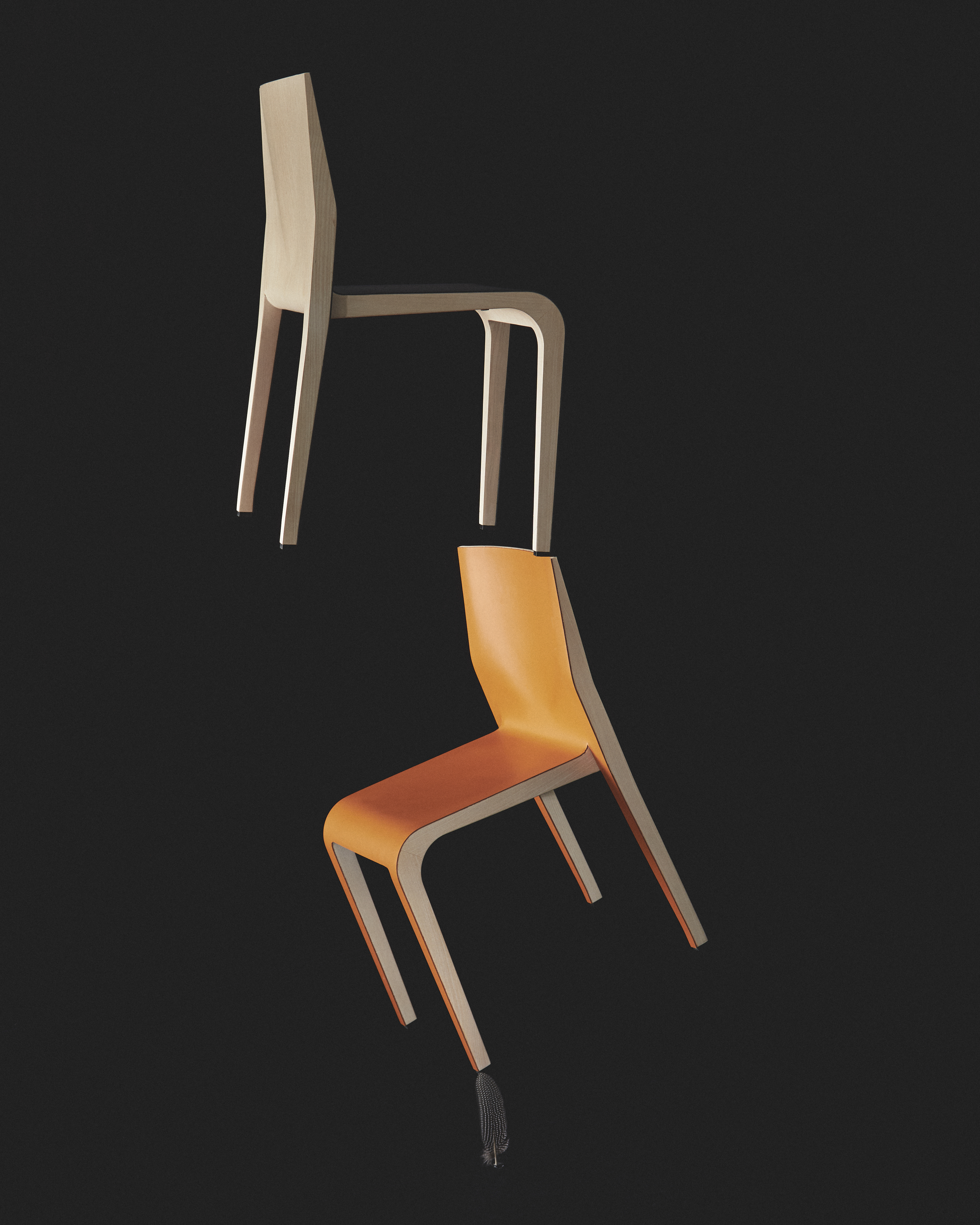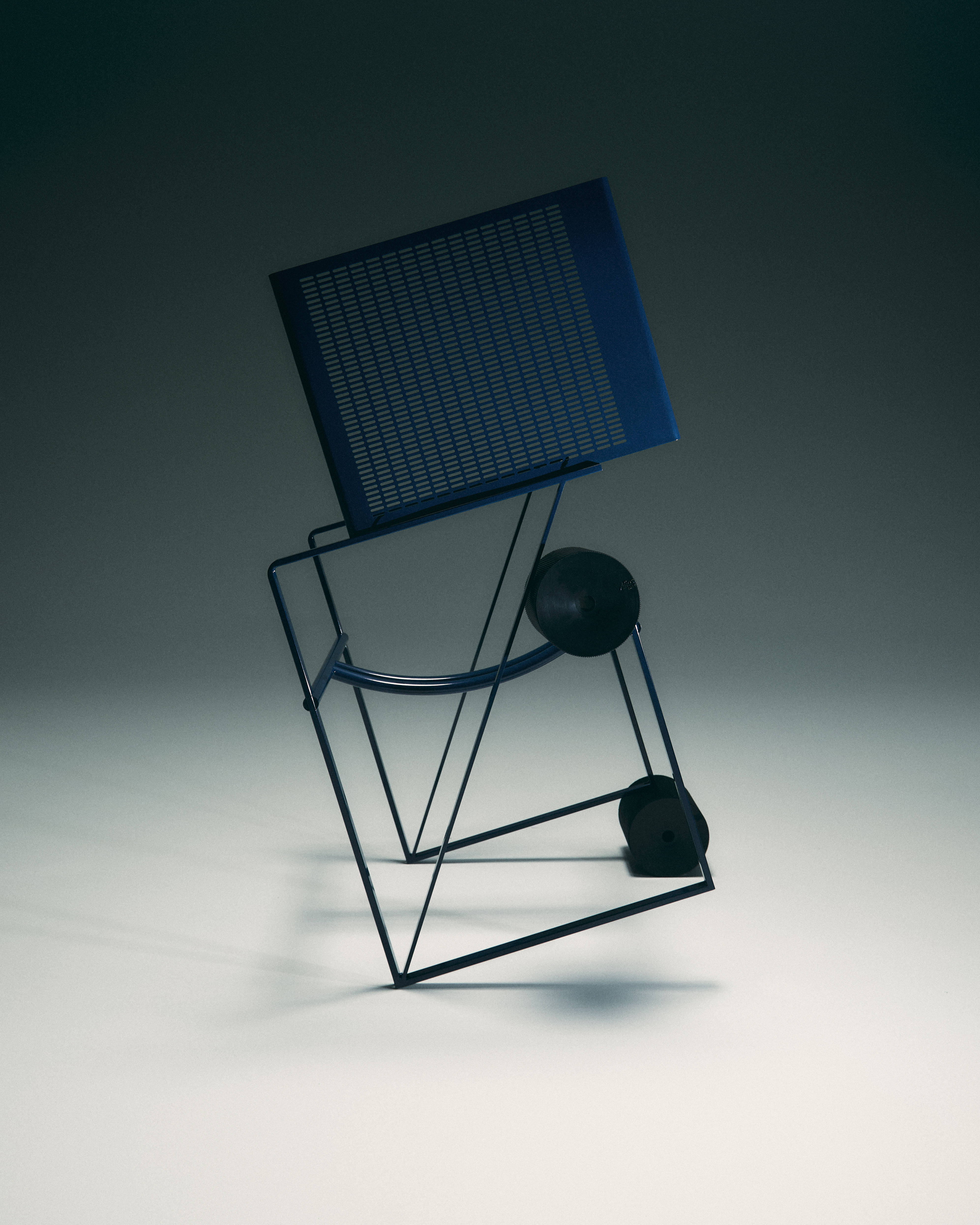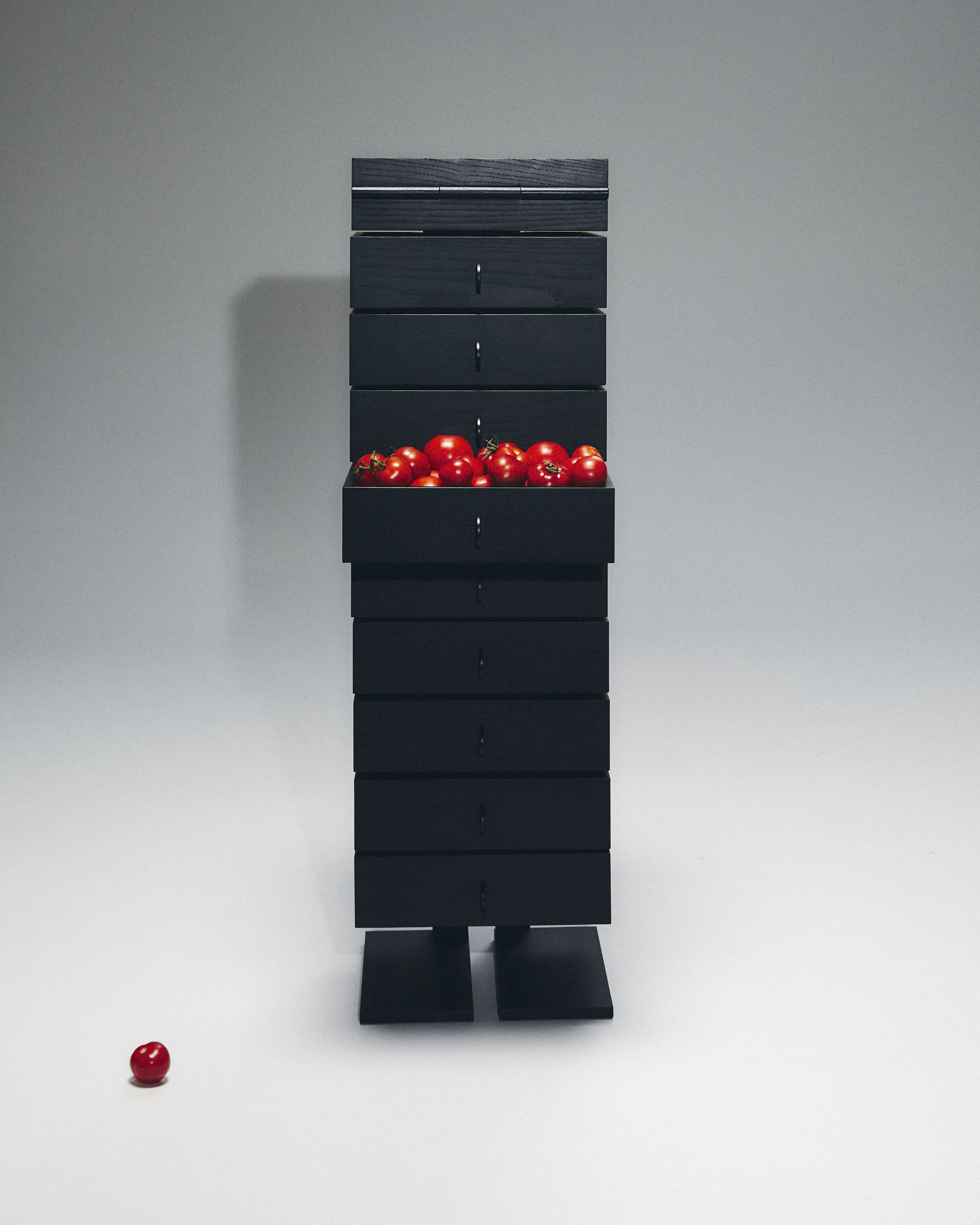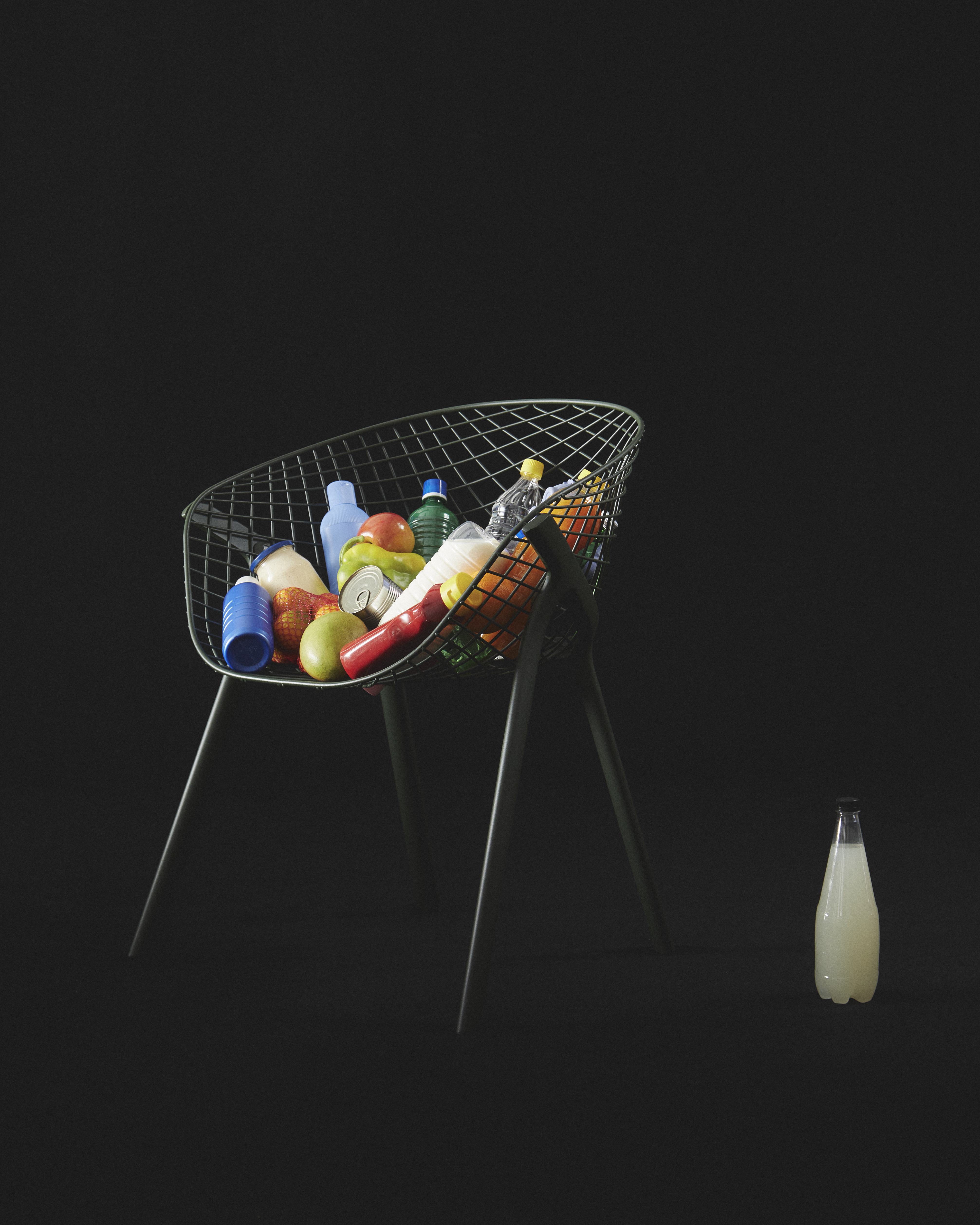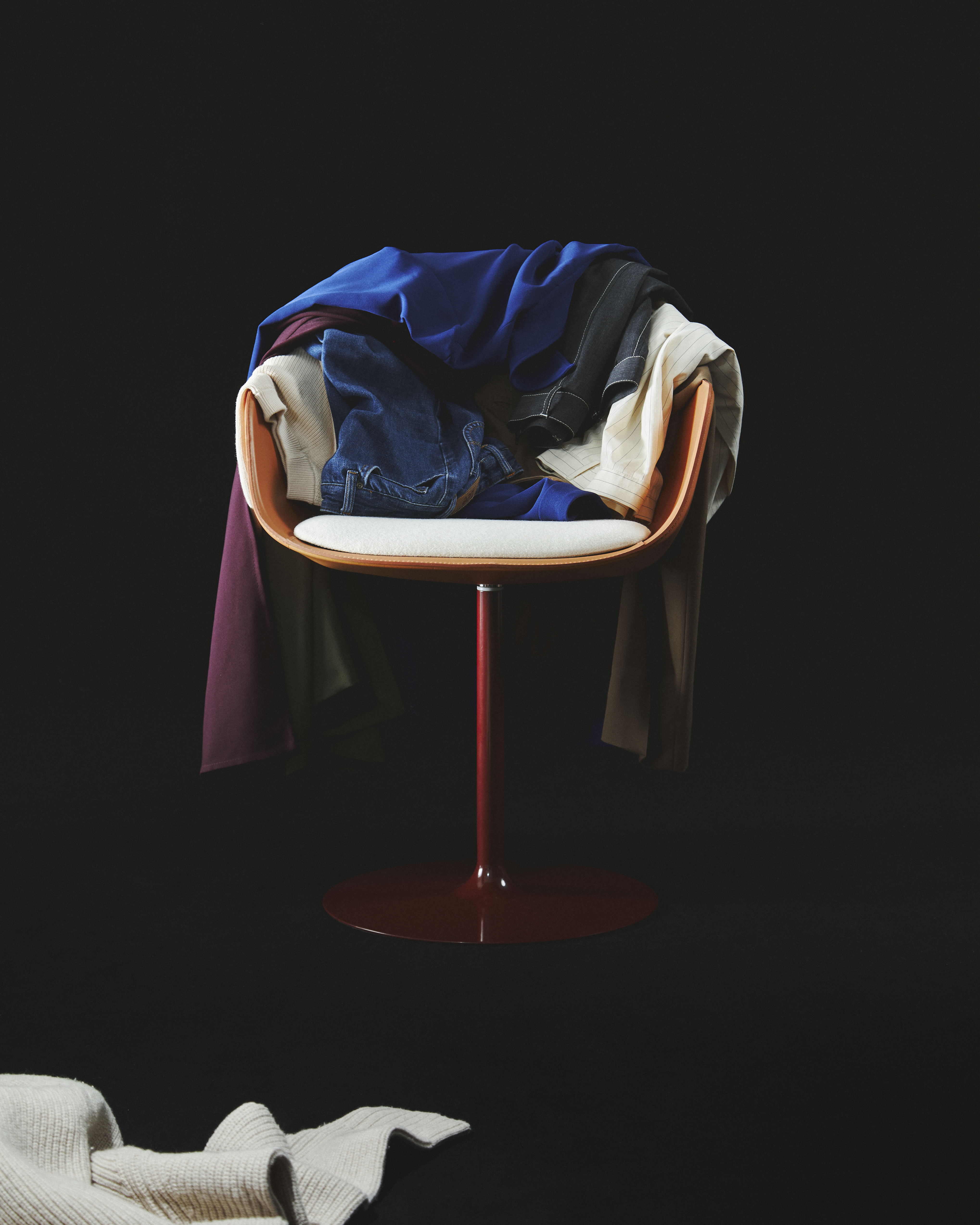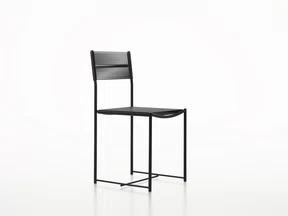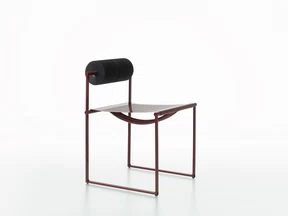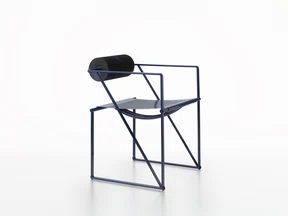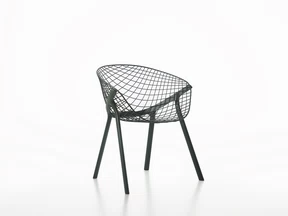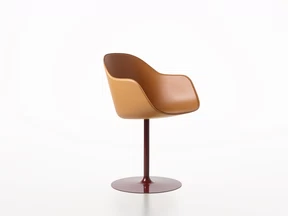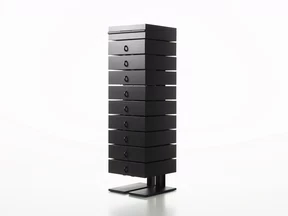
"Interpreting Something Else": the irony and balance of Alias icons
Photographer Alecio Ferrari and Studio Testo (re)interpret eight iconic pieces by the Bergamo-based furniture brand: a bold and ironic creative process straddling art, sculpture, and installation that pays homage to the timeless appeal of Alias design and rediscovers its founding values.
Deconstruction, irony and balance are the themes explored in ‘Interpreting Something Else’, a photographic narrative that takes a fresh approach to celebrate some of the pieces that have marked the brand’s history. Today, eight products conceived by great masters of design – Giandomenico Belotti, Mario Bot- ta, Alberto Meda, Paolo Rizzatto, Riccardo Blumer and Patrick Norguet – star in a narrative that revisits their essence while enhancing their forms through an unexpected interpretation. A call for a responsible and sustai- nable approach, which instead of pursuing incessant overlapping, also seeks novelty and contemporary flair in the past. A demonstration that si- gnature design can be timeless when rediscovered in a new guise, in the search for a new language.
Creative experimentation, technological lightness, versatility, and a desire to be different: these have been Alias’ core values since 1979. These values have guided the company’s close association with some of the biggest names in design; today, Alias is joined by a new creative team to shape its future vision. A presence informed by deep research and evaluation of experimental approach, its pioneering ideals, and its multifaceted DNA.
The brand draws on an interdisciplinary synergy consisting of a collective of designers, technicians, graphic designers, photographers and industry experts. Today Alias rediscovers Something Else, the key value that has always described the brand’s dual nature between functionality and experimentation.
The visual story, captured by Alecio Ferrari and staged by Studio Testo, highlights the concept of Something Else in the representation of its products The creative process re-appropriates pieces that have contributed to the history of the furniture brand in an original and sometimes ironic way. Each product, removed from the canonical interior environment, becomes the star of a new interpretation, transforming into an installation, a sculpture or an abstract graphic design. The result is signature shots that capture recognisable details, presented as a whole or disassembled. This approach reveals the future-oriented approach adopted by Alias, which continues to reinvent itself through a fresh and creative vision of its iconic past.
Deconstruction. Seat components are re-assembled into a new abstract structure, shifting the emphasis to shapes and finishes.
This is the case with Mario Botta’s Prima and Seconda chairs, which are deconstructed and reassembled into two sculptures. The aluminium components in different colours of Alberto Meda’s Bigframe chair float suspended on top of each other, creating an abstract work.
Irony. Products interact with everyday objects, transforming into unexpected, ironic installations. Paolo Rizzatto’s New Lady chair appears among a heap of colourful clothes, while French designer Patrick Norguet’s Kobi chair becomes a shopping basket, filled with colourful no-logo products. The drawers of Robot (Mario Botta, 1989) are filled with red tomatoes, a splash of colour in the sleek design.
Balance. In a subtle play of balances, one or more products are suspended, resting on fragile, precarious elements. Such is the case for the Lalaggera hide leather chairs (Riccardo Blumer, 2023), balanced one on top of each other, resting on a feather, or the famous Spaghetti chair, stretched in an interplay of PVC cords that create a fun graphic pattern. This narrative project continues the journey begun by Alias at the beginning of the year to formulate communication using an unprecedented and experimental language.
Viewing the present with curiosity and setting out
to discover interesting creative interpretations, Alias involved a diverse team to work on new visual gestures. The company was able to translate this important teamwork into the present, while remaining respectful of the pieces of furniture that have contributed to writing the history of design in Italy.
CREDITS
Photography Alecio Ferrari
Concept & Set Design Studio Testo
